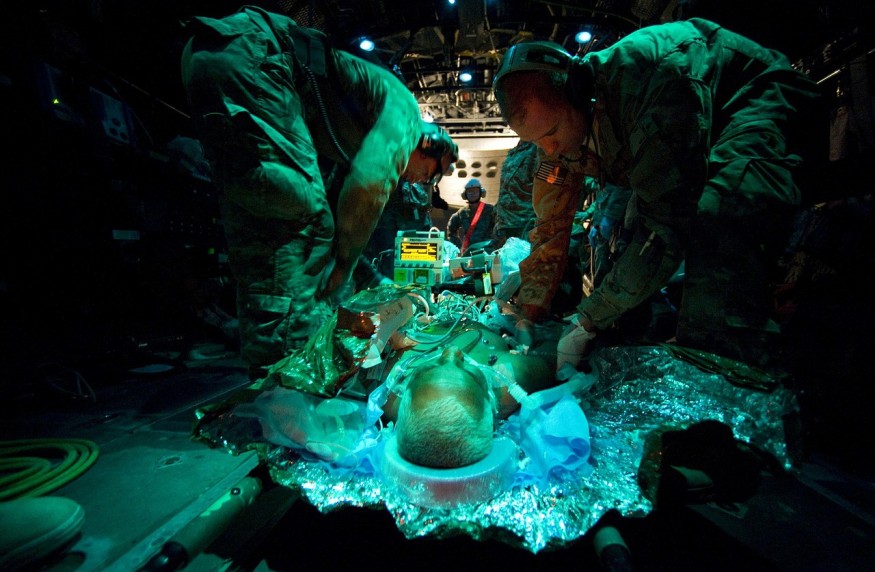Joseph Bentley, a student from Loughborough University in the United Kingdom, has designed a potentially life-saving that can be used by first responders to a violent knife crime and stop the bleeding from stab wounds.
The device is called REACT, short for rapid emergency actuated tamponade, which uses pressure at wounds to prevent blood loss. The new life-saving device targets areas that are typically hard to treat, like the abdomen, armpit, and groin.

How Long Does it Take to Bleed Out From A Stab Wound?
According to Healthline, bleeding to death is possible and could happen very quickly. If bleeding is not stopped, a person could bleed to death within five minutes. More so if their sustained injuries are severe.
However, not everyone could easily die from bleeding within a few minutes. Some could experience a clotting problem or slow internal bleeding, which takes days before the blood loss can become severe to cause a hemorrhagic shock.
This could happen when the person losses 20% of their blood or fluid supply. The heart would be unable to pump sufficient amounts of blood through the body by then.
But the new invention of a student from the UK shows potential in saving lives from stab wounds.
Preventing Blood Loss Using REACT Device
Bentley's REACT device is composed of two parts in which one is a medical-grade silicone sleeve known as the tamponade, while the other one is called an actuator. This life-saving device can only be used when the wound is open.
It uses the long-utilized but hardly perfect function of the gauze t apply pressure on the wound to stop blood loss, according to Good News Network. However, when the gauze is removed after stopping blood loss, the wound reopens, and the person could start bleeding again.
Bentley said that the REACT device eliminates these problems as a silicone balloon-like sleeve or the tamponade is inflated in the wound. Similar to the gauze, it applies pressure to the bleeding part and allows for blood to clot. When it is removed, it can slowly be deflated to allow the blood clot to stay.
First responders to the violent knife crime could insert the tamponade into the open wound and use the actuator, which looks like a battery-operated hand drill, to select and inflate the tamponade through a connected valve will exactly locate the wound's position.
"I know several friends who have been the unfortunate victims of knife crime, thankfully none of the incidents were fatal," Joseph explained to Loughborough University press.
He added that the tamponade could stop hemorrhage in under one minute and save hundreds of lives every year. The tamponade is specifically suitable for stab wounds on the abdomen. It is also easier and faster to remove than the gauze, which is currently used in stopping bleeding, to give the patient better chances of surviving.
The REACT device is still currently a prototype, but Bentley hopes that he can get it through the necessary stages to ensure first responders could have access to it as soon as possible.
Check out more news and information on Tech & Innovation in Science Times.












